Introduction to Valve Packing
There was a time in my early thirties when the words “valve stem” and “graphite packing” were just technical jargon to me, as distant as the constellations in the night sky. But, as life would have it, my path led me into the realm of industrial applications, and these terms became as familiar to me as the back of my hand. Let me share with you the essence of valve packing, the unsung hero in the symphony of plumbing and industrial machinery. Imagine a heart steadily pumping life, with veins unimpeded by friction or obstruction. This is what valve packing ensures in the complex cardiovascular system of machinery. It is not just a simple component; it’s a lifeline that prevents leakage and guards against wear and tear in valves, allowing them to operate smoothly even under high temperatures. Now, let’s delve a little deeper, shall we? As we peel back the layers of this essential component, we find that the types of valve packing and the materials used are as varied as the valves themselves. From the roar of steam in power plants to the subtle turn of a faucet in your kitchen, valve packing is omnipresent, yet often overlooked. But not today, not by us. Today, we’re giving it the spotlight it deserves.
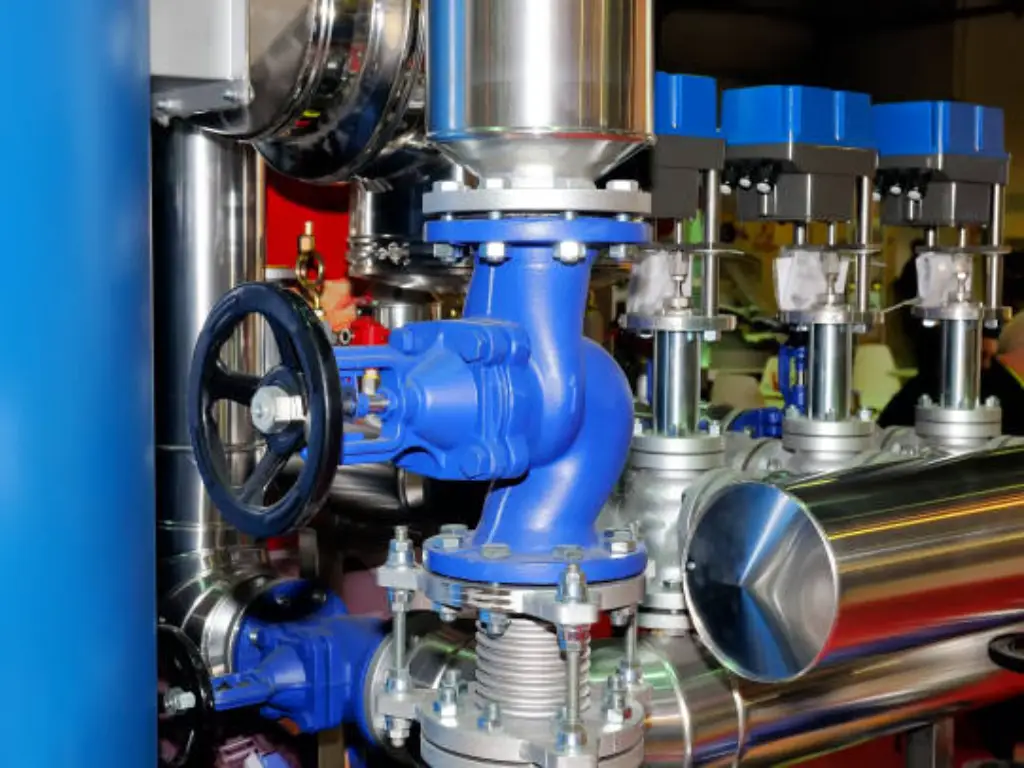
Design and Function of Valve Packing
The design and function of valve packing are not merely about creating a barrier; they are about crafting a seal that is both a guardian and a facilitator. It’s the silent sentinel that stands watch over the integrity of the valve’s operation.
The Role of Packing in Leak Prevention
At the heart of valve packing design is its role in leak prevention. The body of the valve is its fortress, and the packing is its defensive moat. The packing material, whether it be graphite, teflon, or a hybrid, is chosen for its ability to conform to the shape of the stem and the stuffing box, creating a seal that is both tight and malleable. This seal is the frontline warrior in the battle against leaks, holding the line where pressure and fluid seek to escape.
Components of a Valve Packing Assembly
The components of a valve packing assembly work in concert like a well-rehearsed orchestra. The stuffing box, the packing gland, and the packing material itself are the instrumentalists, and when they play in harmony, the result is a performance that holds back the tides of leakage and wear. The packing nut can be seen as the conductor, ensuring that the tension is just right, that the compression is neither too lax nor too stringent. In the grand design of valves, the packing is the unsung hero, often unnoticed until it falters. It’s a design that speaks to the core of what a valve is meant to do: control flow without falter or fail.
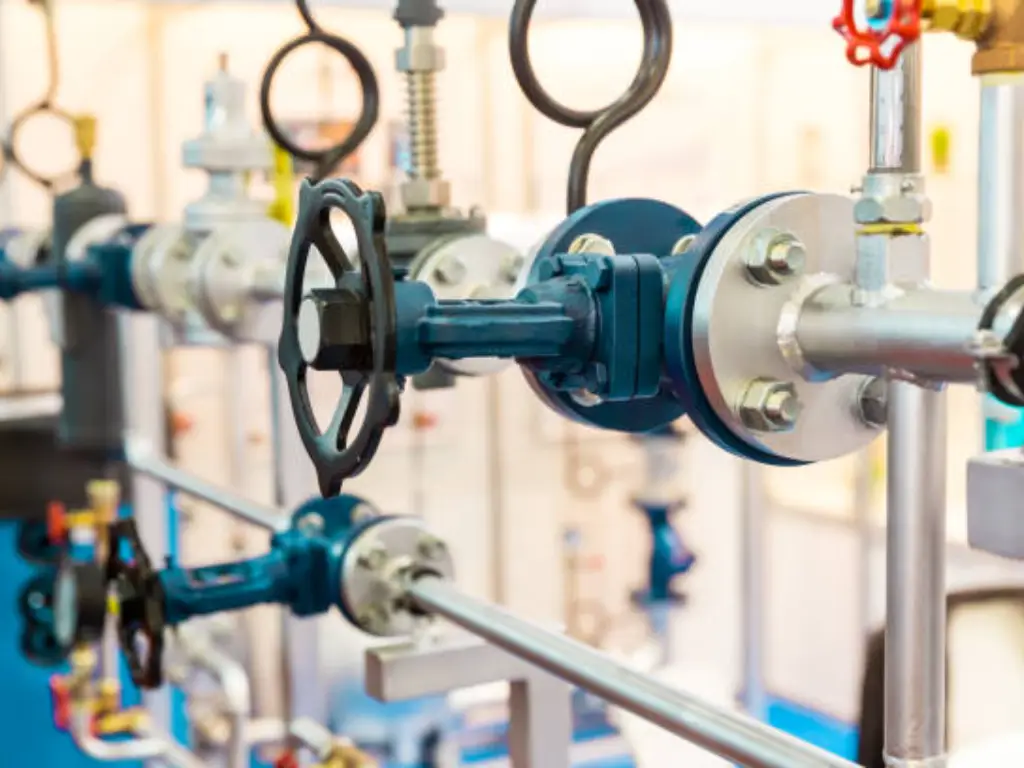
Types of Valves and Their Packing Needs
In the sprawling markets of industrial hardware, amidst the clangs and echoes of metal, one will find a plethora of valves, each with its unique persona and needs. They are the gatekeepers of flow, the orchestrators of control within the pipelines. And just as a seasoned gardener knows her roses from her tulips, a skilled technician recognizes the subtle differences between sliding stem valves and rotary valves.
Sliding Stem Valves
These are the stalwarts, the valves that slide open and shut with a precision that’s almost human. Picture a pianist’s fingers dancing across the keys – that’s the sliding stem valve in motion. It demands a valve stem packing that can embrace change, one that can hold tight during the high-pressured crescendos and ease up during the softer notes. This is where teflon packing often takes center stage, offering a balance of strength and adaptability.
Rotary Valves
Then there are the rotary valves, the mavericks of the valve world, turning on their axis with a flair for the dramatic. These valves don’t just stop and start flow; they modulate it, bringing a level of finesse to the process. Here, the packing must match this dynamic movement, often found in the form of durable graphite packing that can withstand the friction without losing its composure.
Moving through the aisles of valve types, we come to appreciate the types of valve packing. Each type, from the humble rope form to the more complex braid-over-braid, plays its part in the grand scheme of things. They are the unsung background singers to the lead vocalist, essential yet often out of the limelight.
Types of Valve Packing
Twisted Packing
Let’s consider the twisted packing. It’s akin to a wise old rope, spiraled with the knowledge of ages, ready to fill the gaps and provide a seal that’s both simple and effective. This type of packing is often seen in applications where modesty and functionality are prized over complexity.
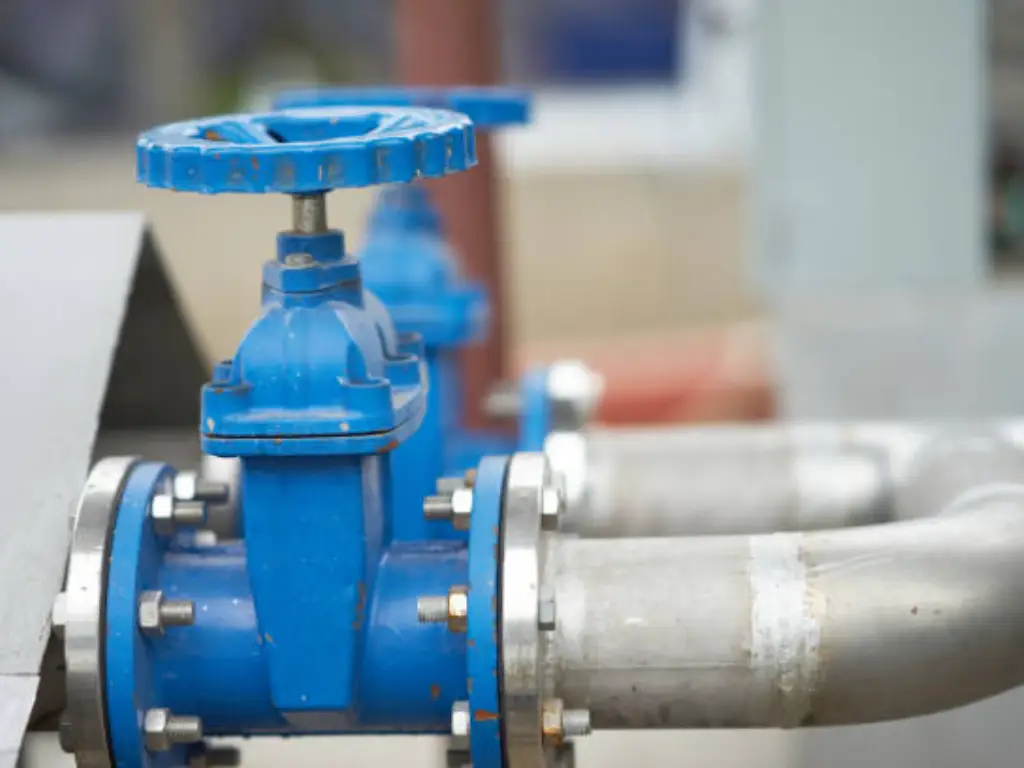
Square-Braid Packing
Square-braid packing takes a step further, offering a denser option. It’s like the thick, comforting quilt that keeps you warm on a cold winter’s night – reliable and snug. This packing is preferred when the valve’s duty cycle demands a more robust companion.
Braid-Over-Braid Packing
And then there’s the braid-over-braid packing, a marvel of engineering, braided not once but twice to give that extra layer of security. It’s the armored knight in the world of packing, ready to defend against the harshest of conditions.
Interlocking Braid Packing
The interlocking braid packing is a marvel, a testament to human ingenuity. It locks together, creating a formidable barrier against leaks, much like the intricate patterns of a Celtic knot.
| Type of Packing | Material Composition | Characteristics | Best Used For |
| Twisted Packing | Various fibers twisted into rope form | Flexible, easy to install, simple design | Valves with low to moderate pressure and temperature conditions |
| Square-Braid Packing | Braided fibers in a square cross-section | Dense, more robust, good for higher pressures | Valves with higher duty cycles and where a firmer seal is needed |
| Braid-Over-Braid Packing | Braided fibers over another braided layer | Very dense and durable, excellent resistance to extrusion | High-pressure valves where extra strength and longevity are required |
| Interlocking Braid Packing | Multiple braided fibers interlocking | Exceptional strength, prevents leak paths, complex design | Severe service valves facing high pressures and temperatures |
Materials Used in Valve Packing
As we delve into the heart of valve packing, we uncover the materials that form the cornerstone of this critical component. Each material, with its own set of virtues, caters to a specific aspect of valve operation. It’s a veritable palette from which we paint our masterpiece of sealing and longevity.
Graphite Packing Materials
Graphite packing materials stand out in the realm of valve packing. Imagine a material as enduring as time itself, able to withstand the fiery embrace of high temperatures without a flinch. Graphite is the old soul of packing materials, its resilience in the face of heat and its ability to reduce stem wear making it a go-to choice for many industrial applications. It’s the wise elder that protects and perseveres.
Teflon (PTFE) Packing Materials
Then we have Teflon (PTFE) packing materials, the modern marvel with a resistance to chemicals that rivals any. Where graphite is the shield against heat, Teflon is the armor against corrosion. It’s the superhero suit for valves, ensuring that even the most aggressive of substances bow down to its protective barrier.
Ceramic and Kevlar Packing
In the more extreme scenarios, where even graphite and Teflon might falter, ceramic and Kevlar packing step in. These materials are the special forces of the packing world, designed for the missions that are too harsh for others. They bring a level of toughness and durability that’s unparalleled, ready to face the most daunting of temperatures and pressures.
Fabric and Rubber Packing
For the everyday, for the faucets and the fixtures that we encounter without a second thought, fabric and rubber packing offer a simple yet effective sealing solution. They are the unsung heroes of the domestic realm, keeping our homes free from the annoyance of leaks and drips.
Hybrid Packing Solutions
And let’s not forget the hybrid packing solutions. These are the innovators, the blends of materials that create a composite greater than the sum of its parts. They are the custom-tailored suits of the packing world, designed to fit the unique contours of each application. In the grand tapestry of valve packing, each material weaves its own story, a narrative of resilience, resistance, and reliability. The selection of the right packing material is an art form, a delicate balance between the scientific understanding of properties and the intuitive grasp of a valve’s nature.
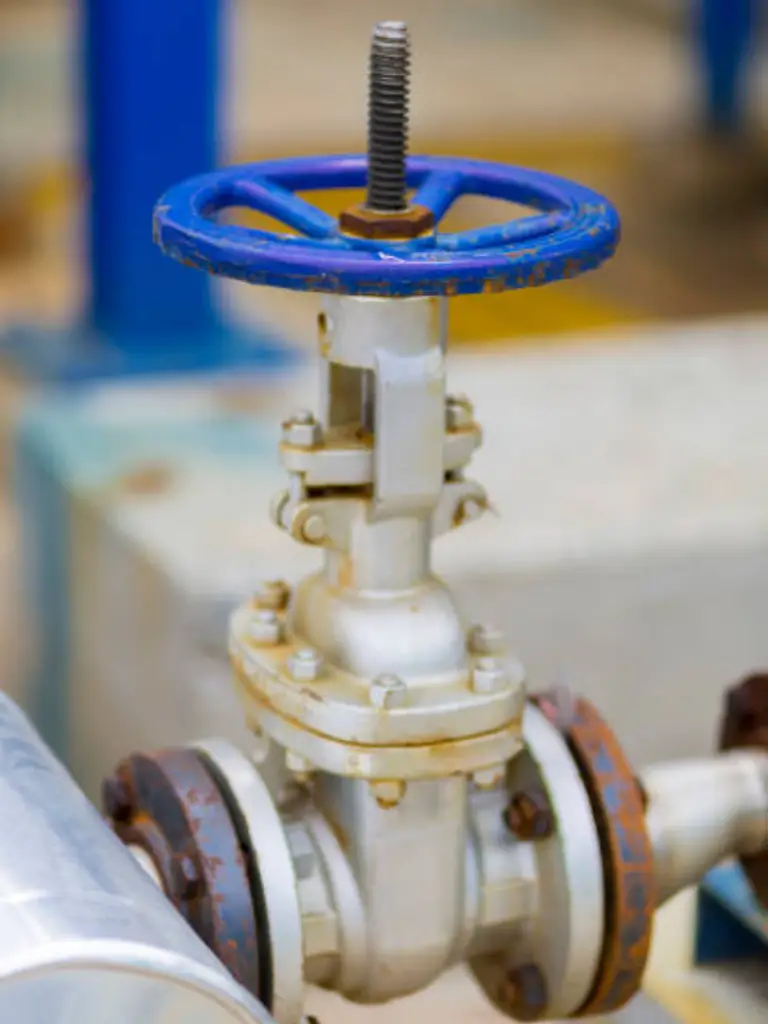
Lubrication and Adjustment of Valve Packing
In the intricate dance of maintaining a valve’s health, lubrication and adjustment play pivotal roles. They are the fine-tuning of an instrument, the delicate brushstrokes on a canvas that bring the picture to life. Lubrication in the world of valve packing is akin to the water in a stream, allowing smooth passage over the rocks beneath. It reduces friction, the nemesis of durability, ensuring that the packing material does not degrade prematurely. A well-lubricated valve stem is a joy to operate, its movements as fluid as a seasoned conductor’s baton. The right lubricant not only eases the operation but also extends the life of the packing material, making it an indispensable ally in the quest for longevity. Adjustment, on the other hand, is the art of finding the perfect balance between compression and ease. Too tight, and the valve stem will resist movement; too loose, and leakage becomes a lurking threat. It’s a delicate equilibrium, one that requires the steady hand of experience. The stuffing box, when adjusted with precision, ensures that the valve packing maintains an optimal seal, preventing leakage while allowing the stem to move freely. It’s the final check in a symphony, the last note that ensures the music plays on, flawlessly. In the realm of valves, lubrication and adjustment are not mere maintenance tasks; they are the guardians of functionality. They ensure that the valve continues to operate with the grace and efficiency it was designed for, that the packing remains a bastion against leaks, and that the machinery’s life is measured not in years, but in decades.
Stationary vs. Live Loading Packing
The debate between stationary and live loading packing is akin to choosing between a trusted old friend and a new ally with promising potential. Both have their place in the pantheon of valve sealing solutions, each with its own set of advantages.
Advantages of Stationary Loading
Stationary loading is the traditional approach, where the packing material is held in place by a static system that doesn’t adapt to changes during operation. It’s like a steadfast oak, deeply rooted and unyielding. This method has served well for countless years, providing a reliable seal that, when properly maintained, can last through many cycles of the valve’s life. It’s the embodiment of the phrase, “If it ain’t broke, don’t fix it.”
Benefits of Live Loading for Valve Packing
Live loading, however, introduces a dynamic element. It employs springs or other mechanisms to maintain constant pressure on the packing, adjusting to the wear and thermal expansion that occur over time. This is the willow that bends in the storm, the system that adapts and responds to the valve’s needs, ensuring a consistent seal even as conditions change. It’s a newer philosophy in valve packing, one that acknowledges and accommodates the realities of operational variability.
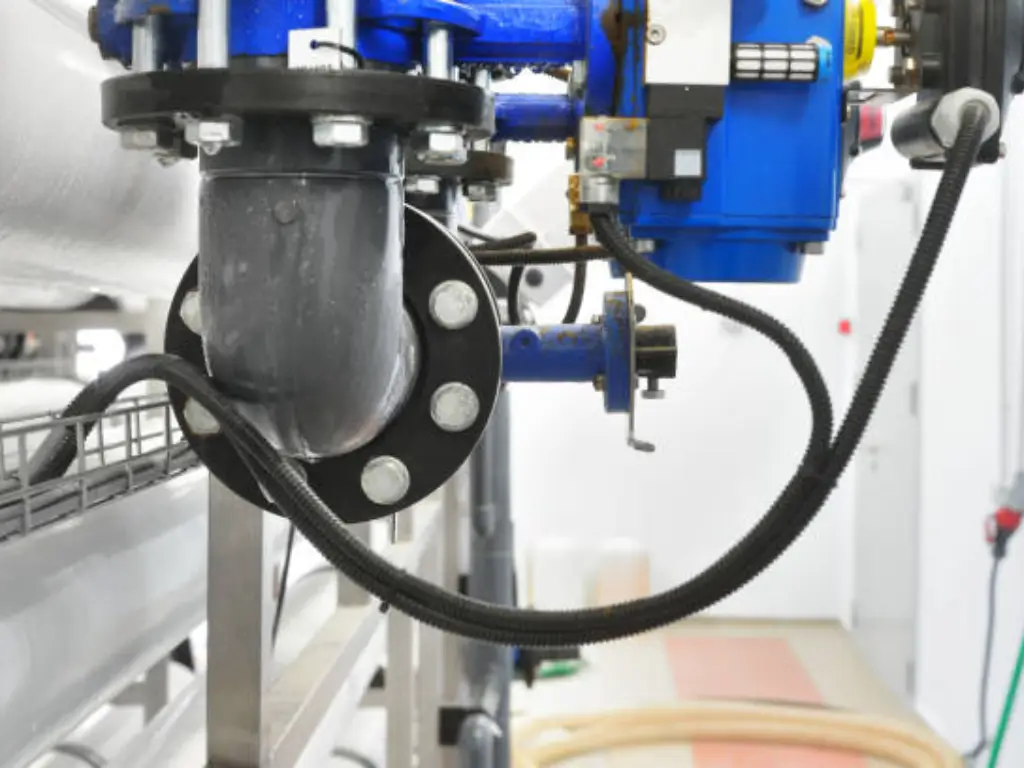
Valve Packing for Maintenance and Durability
Maintenance and durability are the twin pillars upon which the longevity of valve packing rests. A well-maintained valve with the right packing can be a legacy, passed down through the generations of machinery. The strategies for maintaining a long-lasting seal are as varied as the valves themselves, but they all share a common thread: the need for regular inspection and timely intervention. It’s not unlike caring for a vintage car; it requires an understanding of its quirks and needs, a willingness to get one’s hands dirty, and the foresight to address issues before they escalate.
Valve Packing Selection Process
The selection process for valve packing is a meticulous one, where every factor is weighed with the precision of a jeweler assessing a gemstone. The factors affecting packing choice are manifold. Temperature, pressure, fluid type, valve operation, and environmental concerns all play their roles in the decision-making process. It’s a complex puzzle that demands a solution tailored to the unique challenges of each application. Matching the packing to the valve type and application is an exercise in precision. It’s not unlike finding the perfect key for a lock. The right match ensures a seal that is both effective and efficient, one that stands the test of time and operation.
Wrapping it Up
Valve packing is full of tiny details that really matter. It’s a world where knowing your stuff means everything works together perfectly. As we’ve explored the must-haves for tough, long-lasting seals, we’ve learned how key it is to pick the right stuff, how to grease and tweak things just right, the cool new thing called live loading, and just how crucial keeping an eye on everything and fixing problems is.
To sum it all up, getting valve packing right means picking top-notch materials and keeping up with care. Look at DomBor – their packings handle lots of pressure and heat, making seals last longer. Choose the best packing, like graphite for the hot stuff or Teflon against harsh chemicals. Keep things tight and well-oiled, and you’ll have valves that keep going strong. That’s smart work. Partner with pros like DomBor, and you’re set for success. They know their stuff, and that’s what you need for a job well done.









